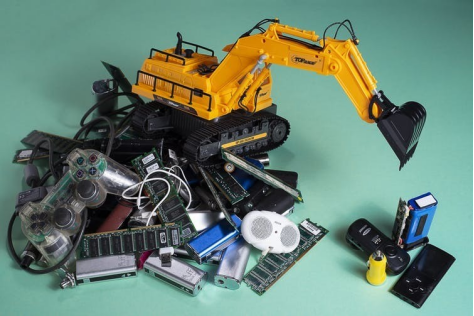When discarded, electrical goods can pollute habitats and harm people and wildlife.In 2019, only 17.4% of the 53.6 million tonnes of e-waste was properly collected and recycled.With the amount of e-waste predicted to rise, the systems and incentives to manage it need to improve.Each year, the total amount of electric and electronic equipment the world uses grows by 2.5 million tonnes. Phones, radios, toys, laptops – if it has a power or battery supply it’s likely to join a growing mountain of “e-waste” after use.
In 2019 alone, the world generated 53.6 million tonnes of e-waste. That’s about 7.3 kilograms per person and equivalent in weight to 350 cruise ships. Asia produced the lion’s share – 24.9 million tonnes – followed by the Americas (13.1 million tonnes) and Europe (12 million tonnes), while Africa and Oceania generated 2.9 and 0.7 million tonnes respectively.
By 2030, the global total is likely to swell to 74.7 million tonnes, almost a doubling of the annual amount of new e-waste in just 16 years. This makes it the world’s fastest growing domestic waste stream, fuelled mainly by more people buying electronic products with shorter life cycles and fewer options for repair.
These products can help improve living standards, and it’s good that more and more people can afford them. But growing global demand is outpacing our capacity to recycle or dispose of electronic products safely. Once they’re obsolete and discarded, these products can end up accumulating in the environment, polluting habitats and harming people and wildlife.
